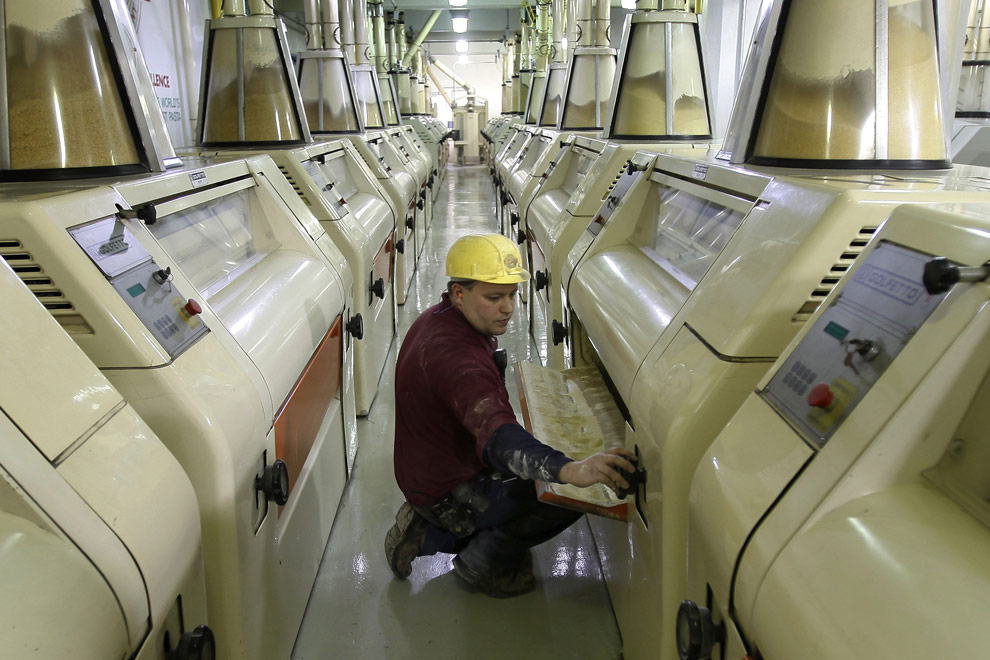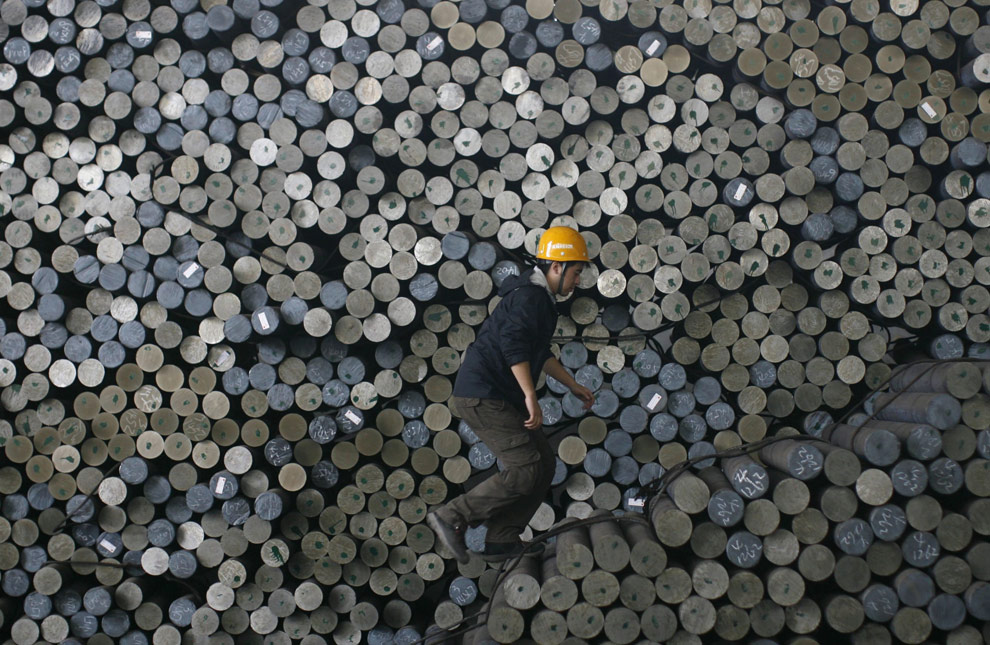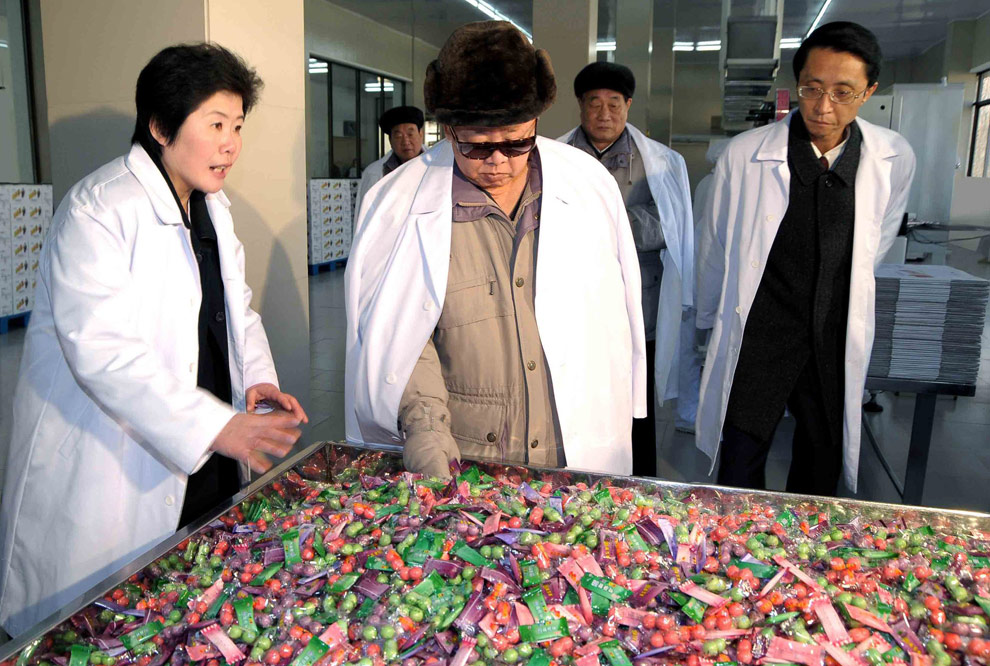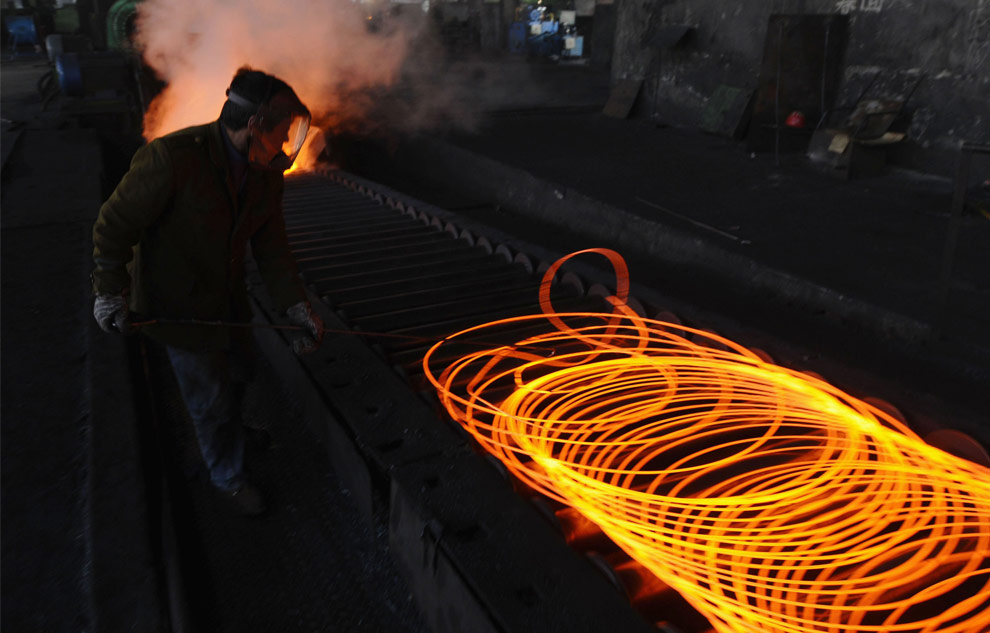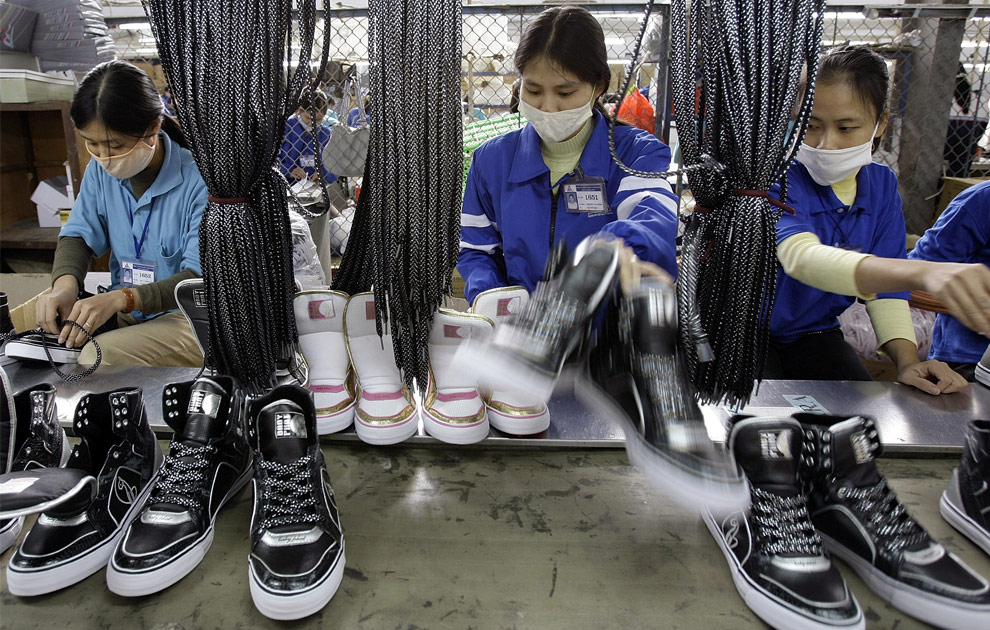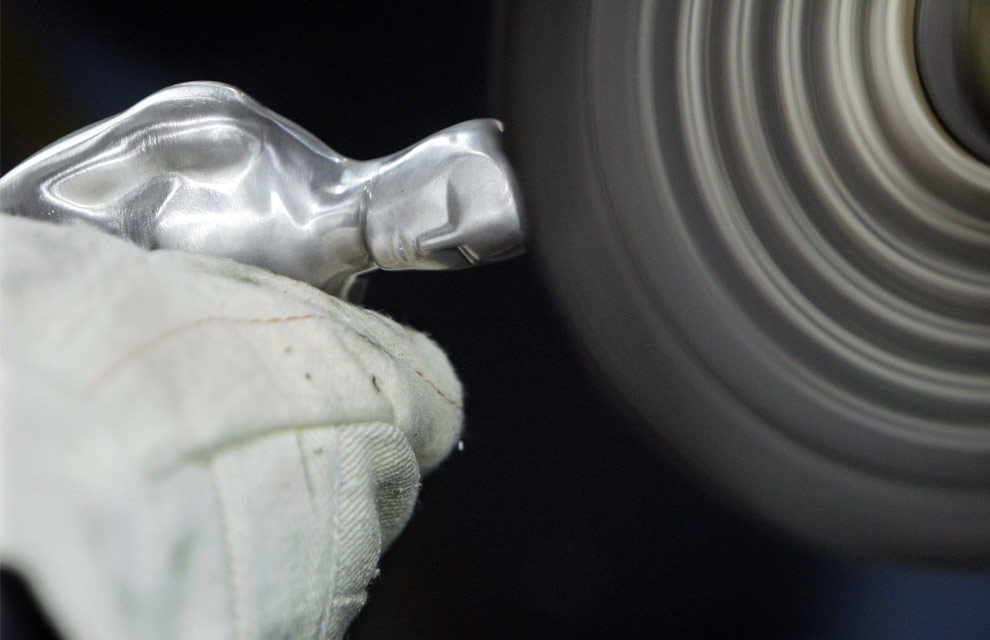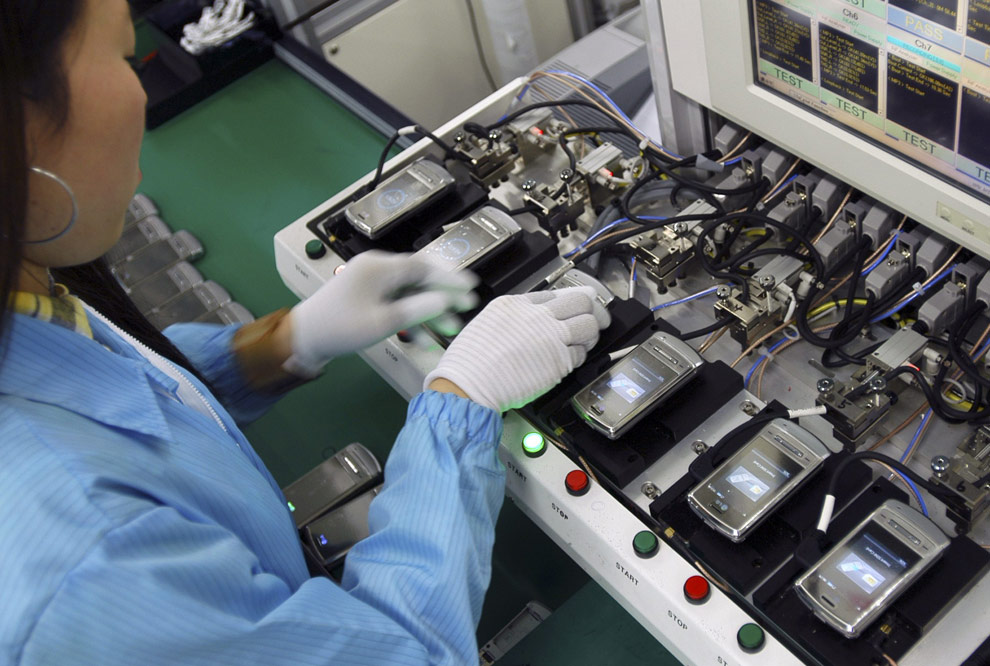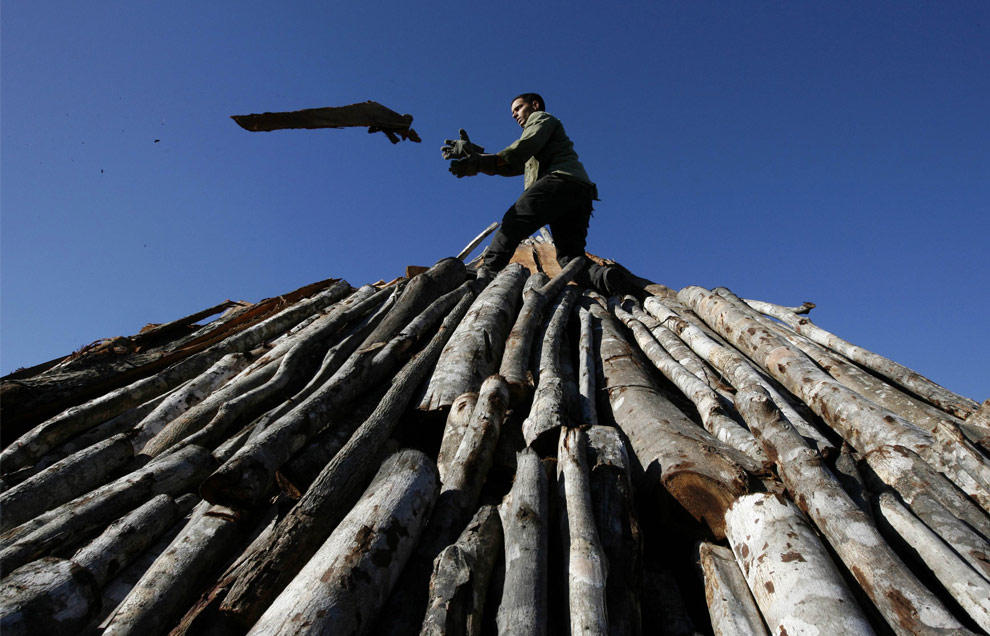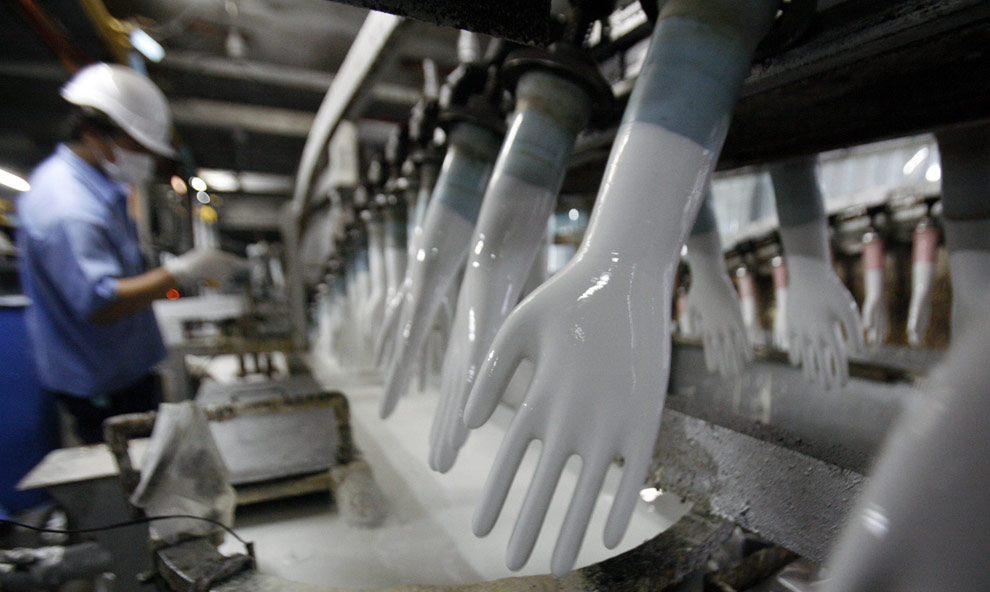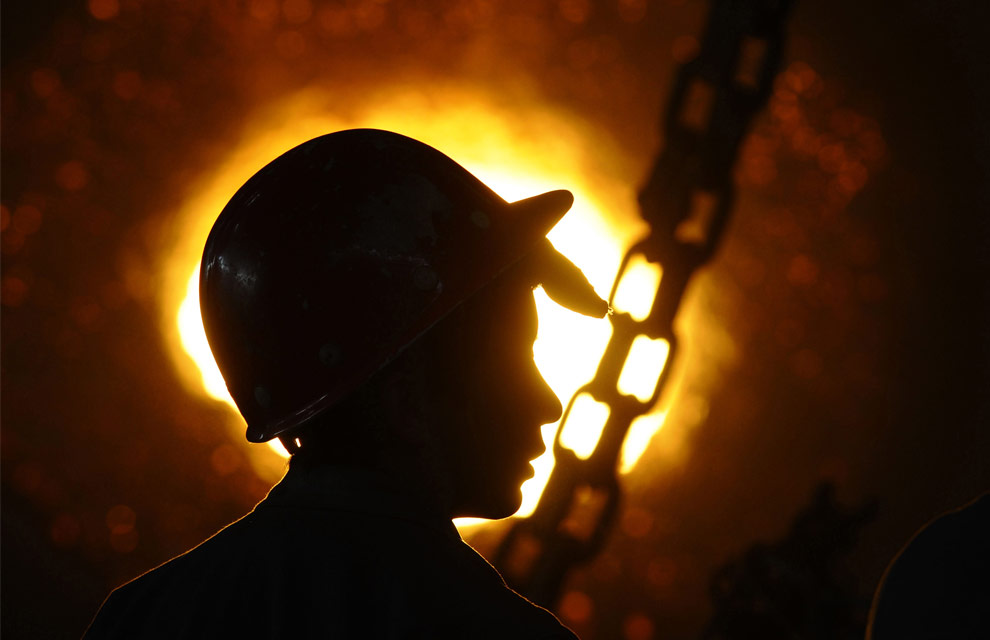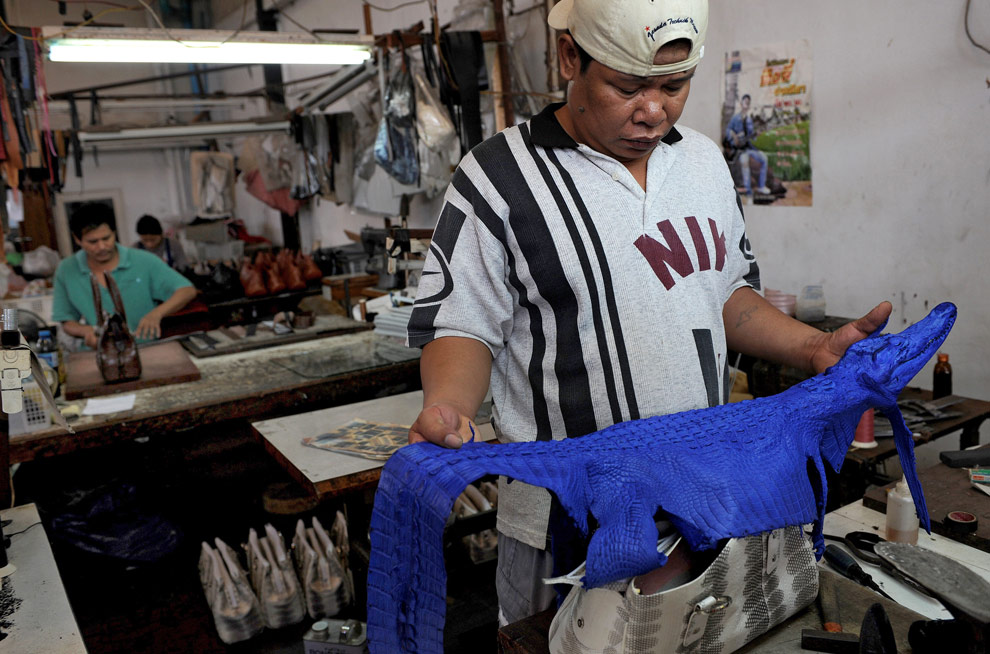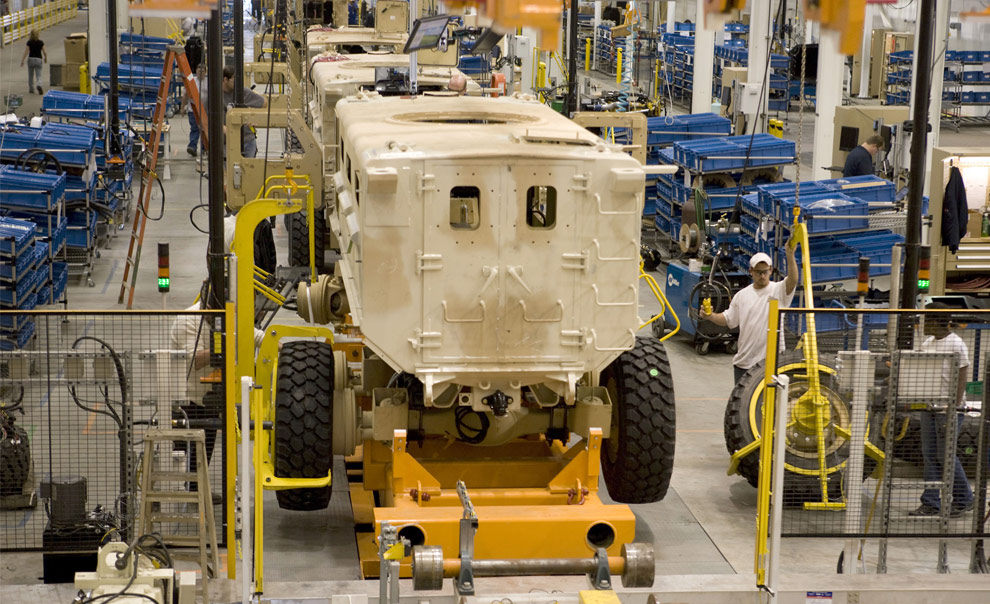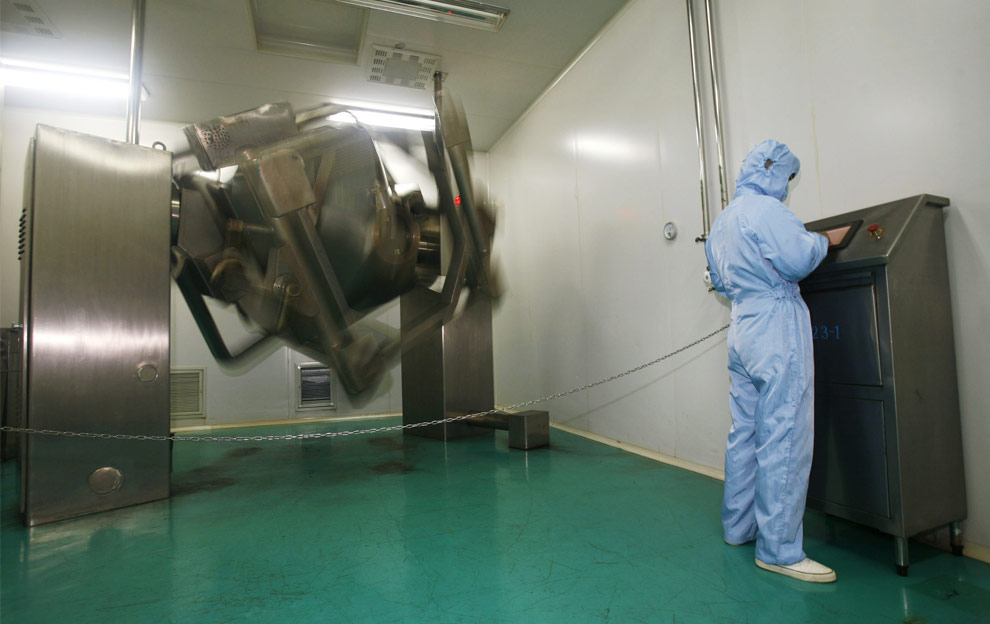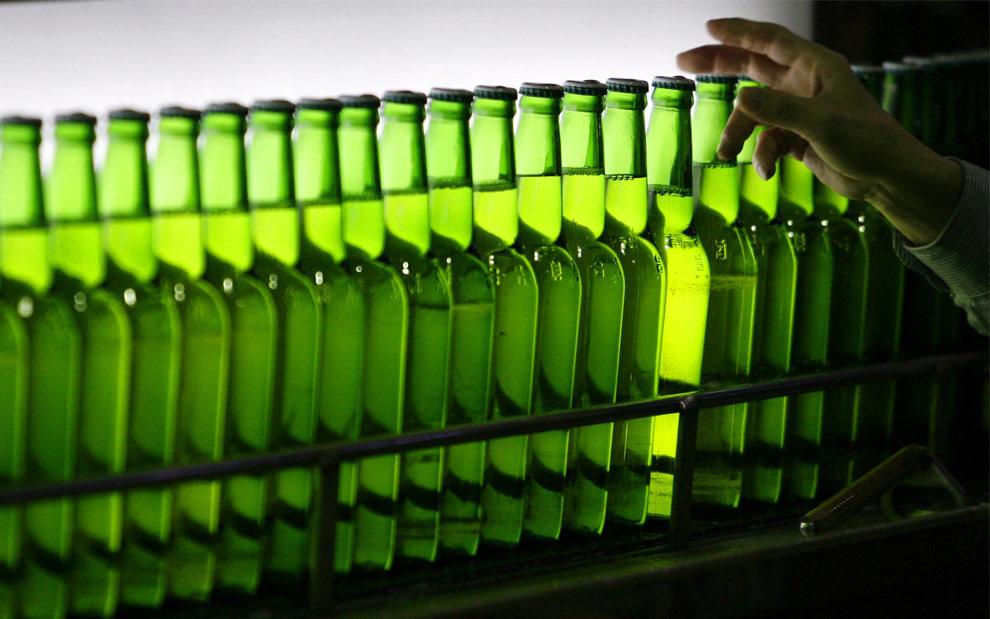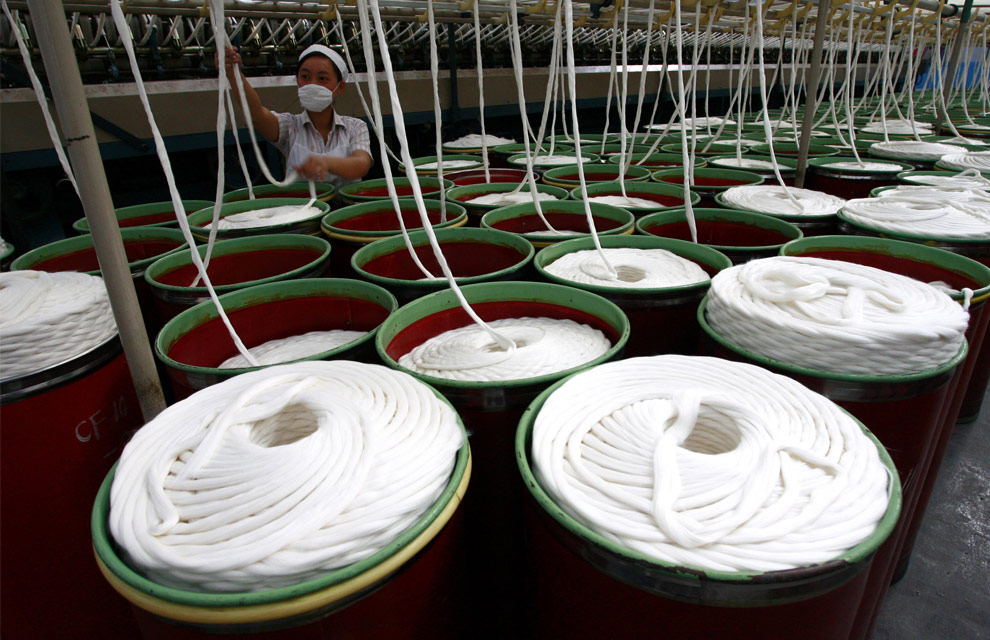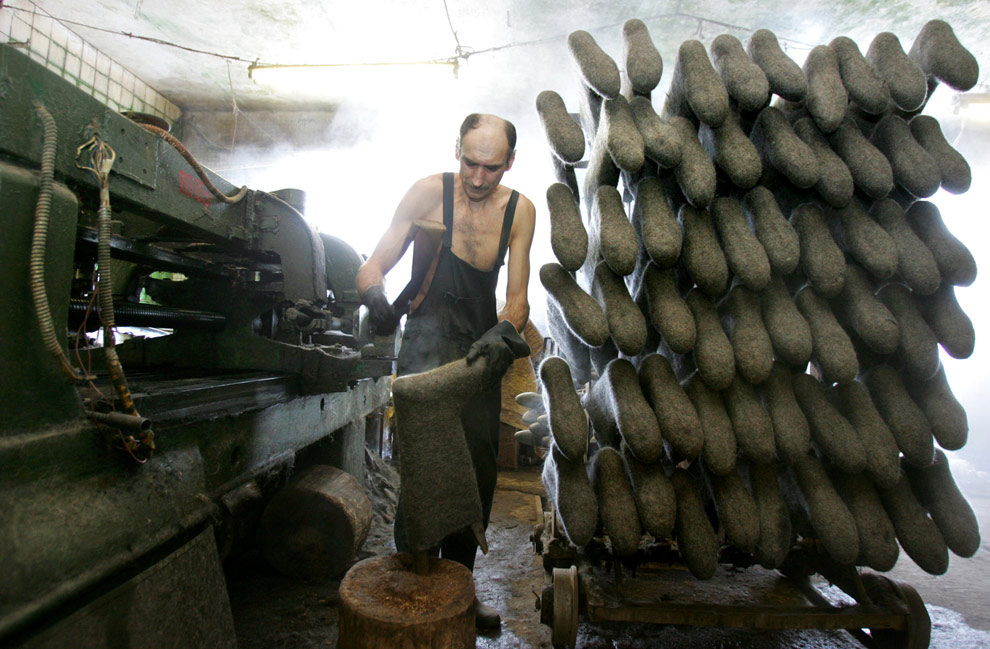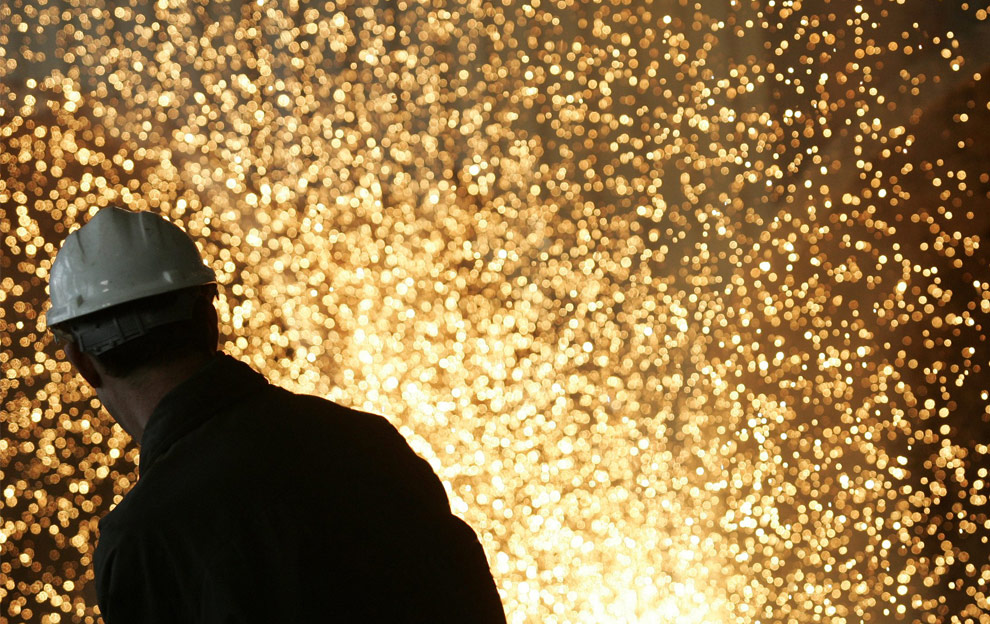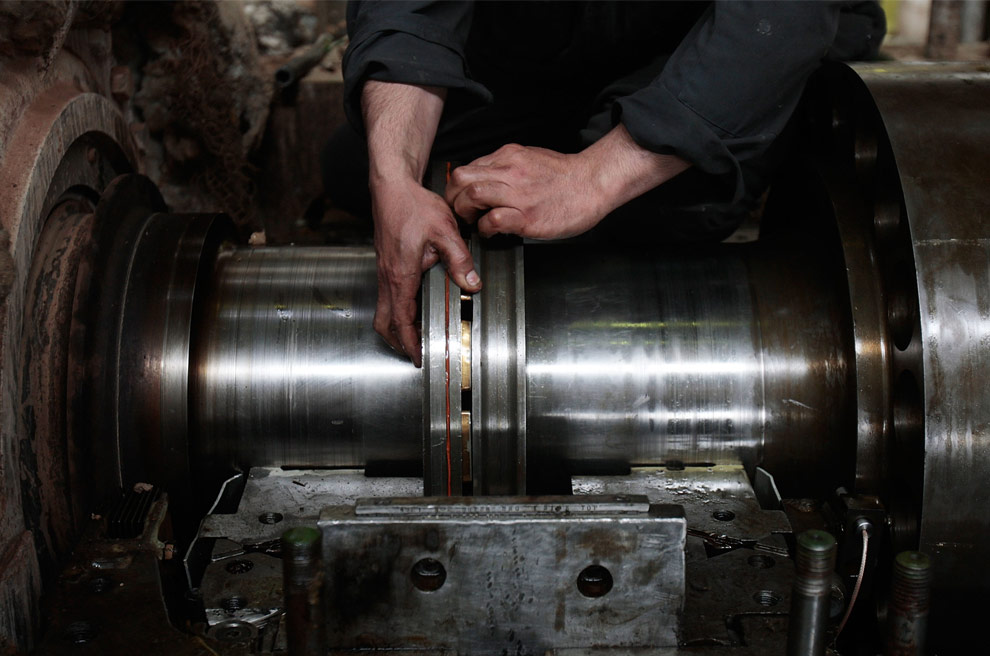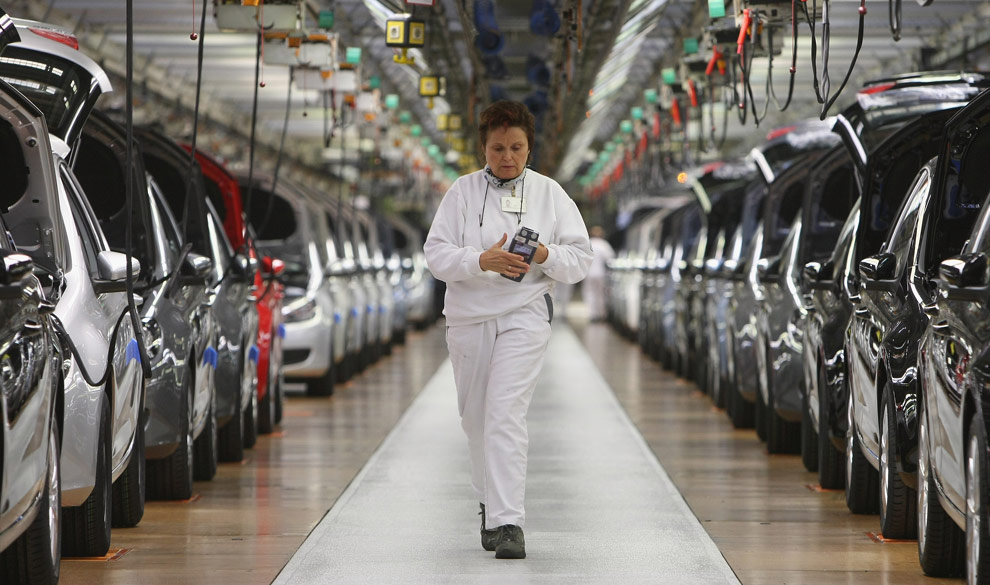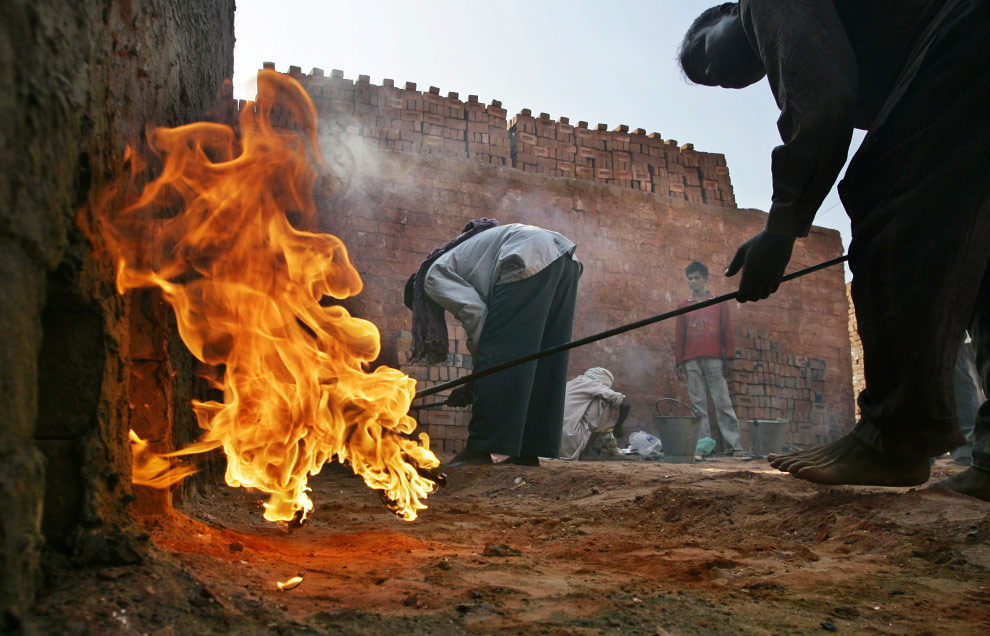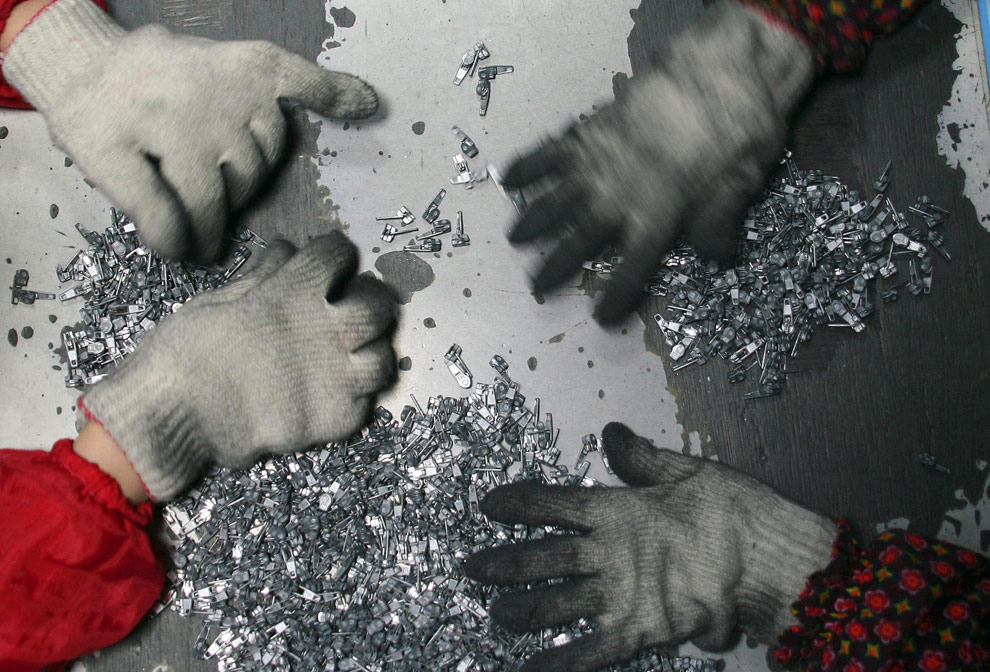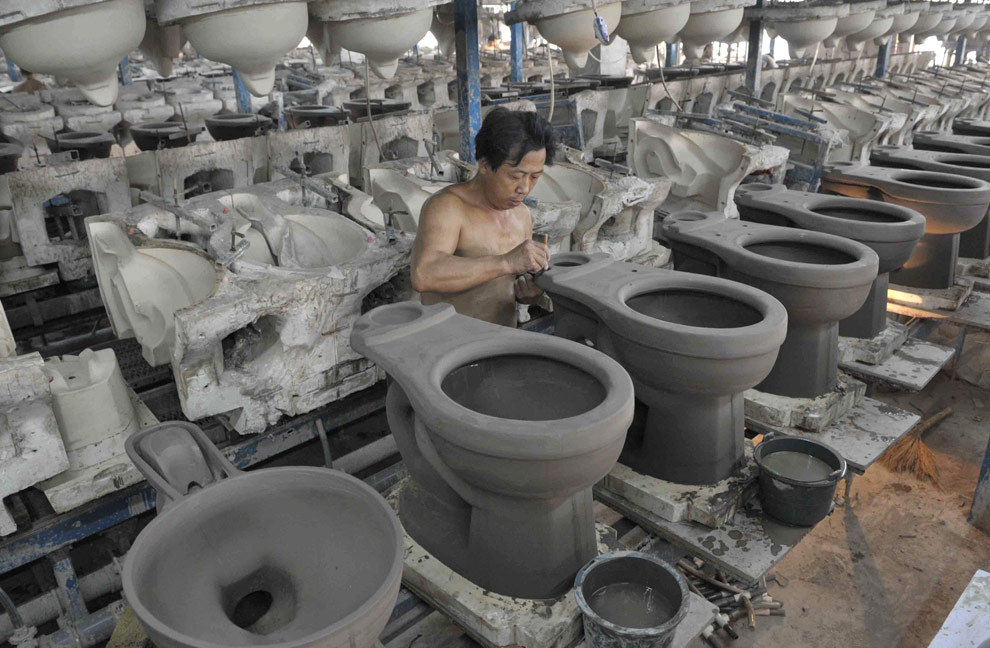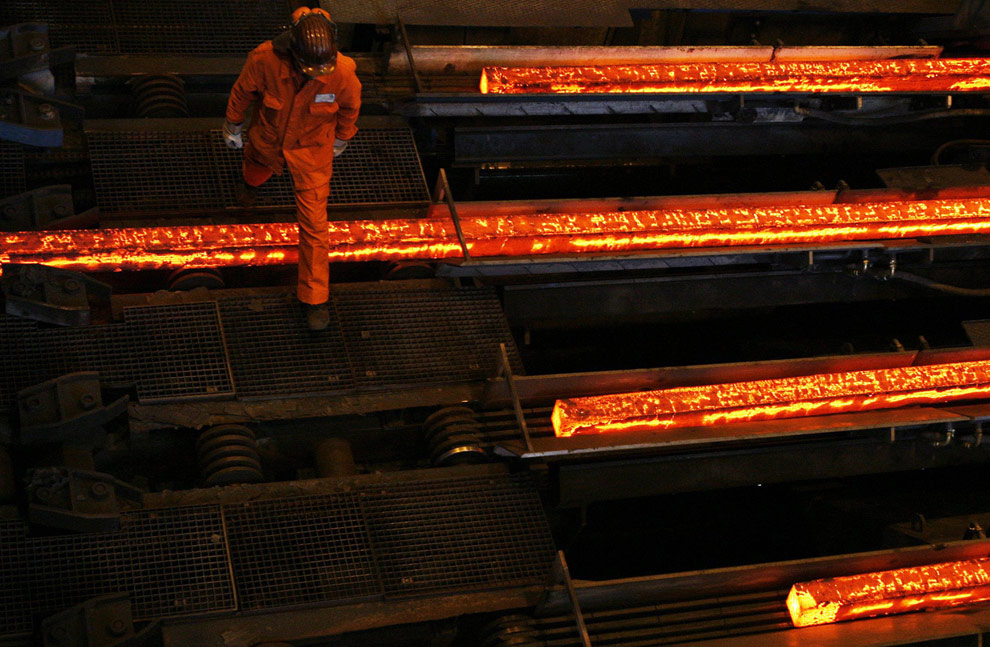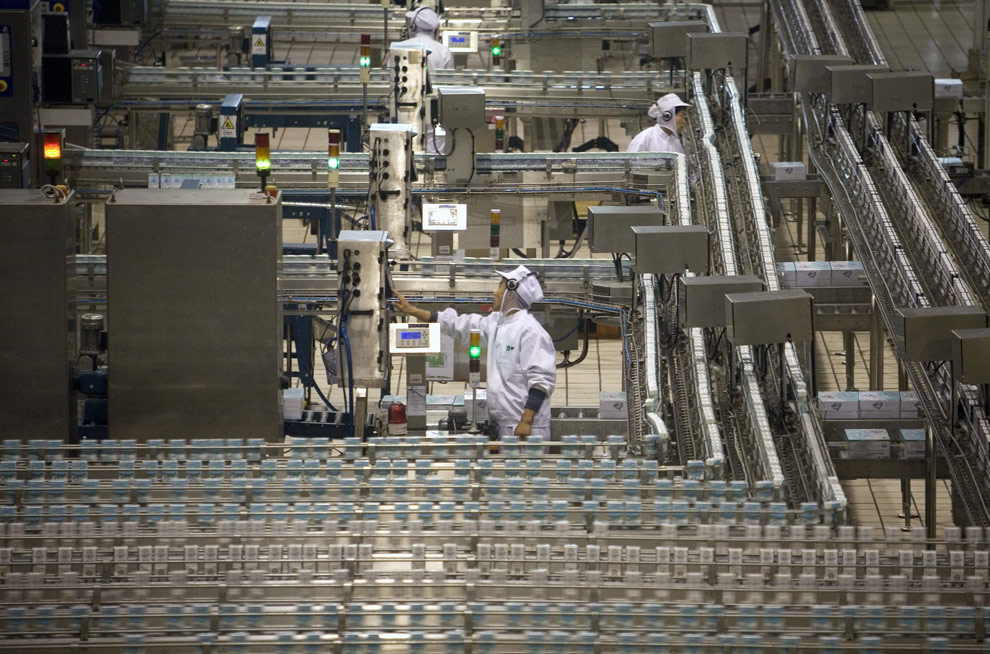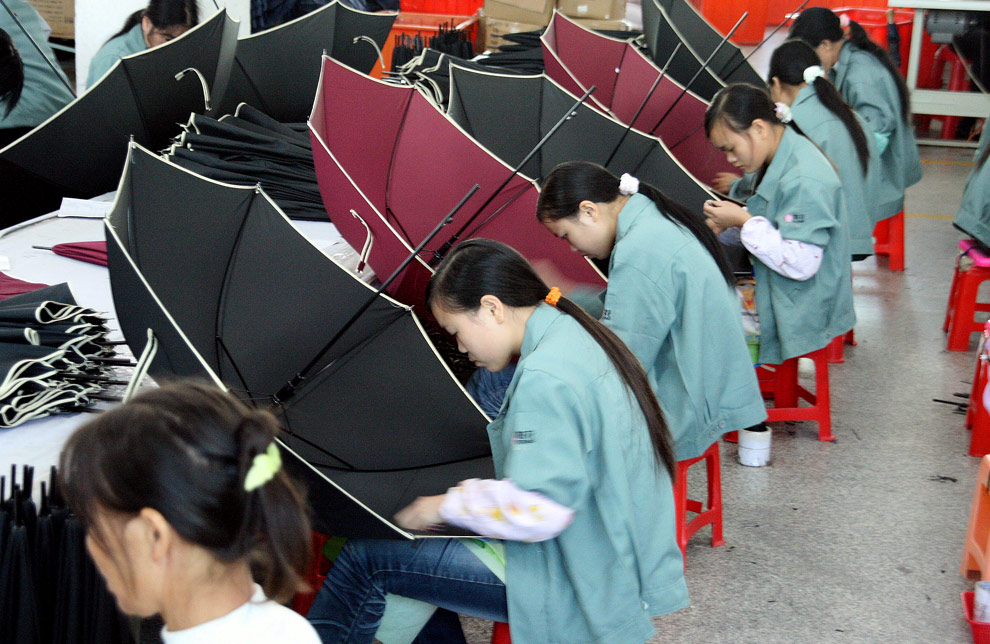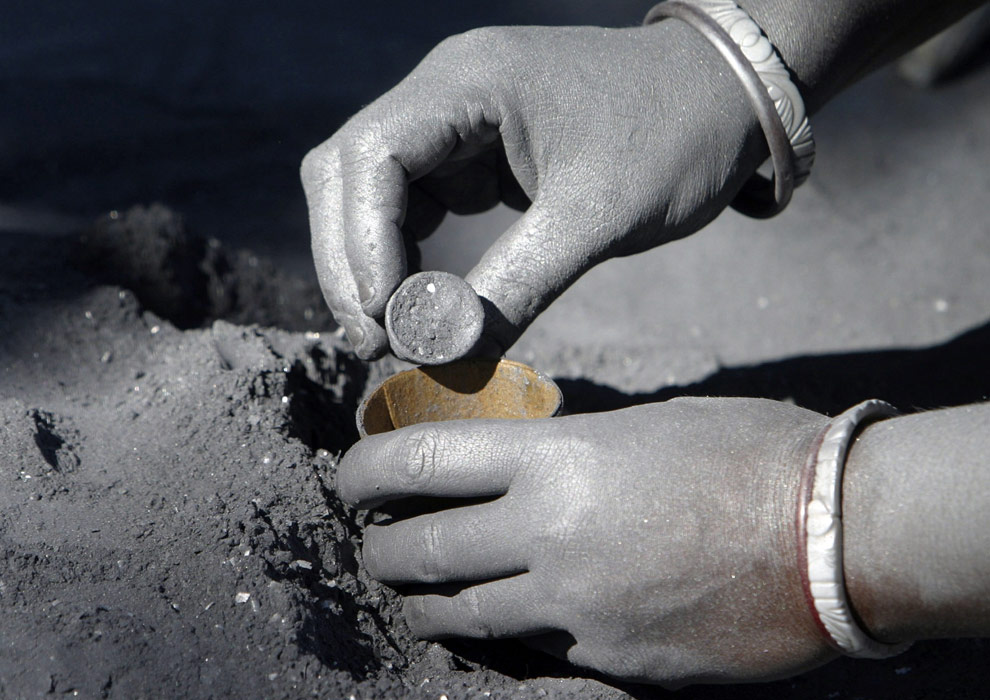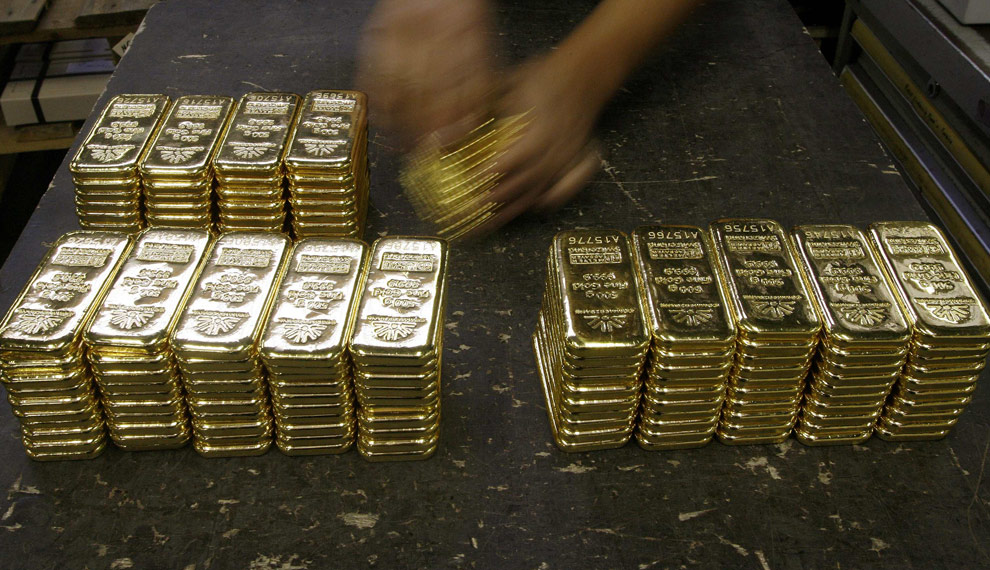Bloomberg News, sent from my iPod touch.
Obama Seeks $1 Trillion Tax Increase in Budget Plan
Feb. 26 (Bloomberg) -- President Barack Obama proposed almost $1 trillion in higher taxes on the 2.6 million highest- earning Americans, Wall Street financiers, U.S.-based multinational corporations, and oil companies to pay for permanent tax breaks for lower earners.
Obama's 2010 budget proposal, released today, would reinstate the top two Clinton-era tax rates of 36 percent and 39.6 percent in 2011, up from the 33 percent and 35 percent the richest Americans now pay. It would raise taxes on capital gains and dividends to 20 percent for top earners, up from the 15 percent set by former President George W. Bush in 2003.
The tax increases, which Obama vowed to impose as a presidential candidate, would be the first on high-income earners since 1993 and would reverse a course set by Bush of lowering the tax burden on the nation's wealthiest people.
"It's a clear repudiation of Bush's policy," said Peter Morici, an economist at the University of Maryland in College Park. "It's more Obama Robin Hood."
Obama's budget does keep in place Bush's tax cuts that benefit lower- and middle-income earners and it preserves a sliver of policy that benefits the more affluent: A preferential tax rate on corporate dividends. Before Bush, dividends were taxed as ordinary income, or at rates as high as 39.6 percent in the 1990s.
'Hugely Positive'
"It is a hugely positive step to keep that part of the '03 changes," said Pamela Olson, who was the top tax official in Bush's Treasury Department when the tax rate on dividends was reduced. "It's good economic policy, good corporate governance policy, and good tax policy."
Higher-income earners, primarily families with more than $250,000 of income, would face an additional tax burden under a proposal to reinstate limitations on their itemized deductions, which would subject more of their income to tax. In all, top- earning households would pay $636.7 billion in additional taxes over the next decade, Obama's budget estimates.
Linda Beale, a tax-law professor at Wayne State University Law School in Detroit, said "many will object to reinstituting phase-outs for itemized deductions because of the complications that creates."
Representative Mike Pence of Indiana, the No. 3 Republican leader in the House, said Obama can expect a wall of opposition to his proposed tax increase on top-earners. Roughly half of Americans earning $250,000 are small-business owners, and the proposed increase will stifle the troubled economy, he said.
'Overwhelming Opposition'
"There will be overwhelming opposition from the American people and House Republicans to the idea that we should raise taxes during a recession," Pence said in an interview. "Raising taxes in a recession is not a strategy for recovery."
Representative Jeb Hensarling, a Texas Republican, said in an e-mail, "You cannot help the job-seeker by punishing the job creator."
The higher taxes on individuals will largely be used to pay for expanded health coverage for lower-income Americans and to make permanent Obama's tax breaks such as a payroll tax credit worth up to $1,000 that was adopted on a temporary basis in the $787 billion fiscal stimulus measure earlier this month.
"He's being so generous at the lower-income level that making $200,000 is going to be like falling off a cliff," said Dustin Stamper, an analyst in the National Tax Office at Grant Thornton LLP. "Say what you want about the Bush tax cuts favoring the rich, but this is just becoming punitive."
AMT Lives On
Obama's budget also assumes Congress will continue to index the alternative minimum tax for inflation. The AMT is a parallel system that can impose higher rates on families earning between $75,000 and $500,000 when their deductions are too high relative to their income.
Executives at private-equity firms, venture-capital firms, some hedge funds and other partnerships that receive a 20 percent "carried interest" in the firm's profits would see their tax burdens nearly triple under Obama's budget.
Most of their carried interest currently is taxed at the 15 percent rate for long-term capital gains. Obama is asking Congress to tax the profit share as ordinary income, arguing that it's a form of wages; under his plan, most executives would pay 39.6 percent.
That proposal will likely reignite a debate that was waged by Congress in 2007 when the House of Representatives approved the change and the Senate never considered it.
Corporate Tax Increase
Obama proposed $353.5 billion in higher taxes on corporations over the next decade, the bulk of which would come from "reforming" rules that allow U.S.-based multinational corporations such as General Electric Co. to defer U.S. tax on profits they earn overseas. GE has about $75 billion offshore on which it has never paid U.S. taxes, according to its regulatory filings.
Obama's budget estimates such reforms and beefing up Internal Revenue Service enforcement of international tax rules would generate $210 billion in additional revenue over the next decade. He also proposed to limit tax shelters by requiring they serve a business purpose by redefining the tax code's "economic substance doctrine."
'Last-In, First Out'
He also proposed ending a tax-accounting technique called "last-in, first out" or LIFO, that primarily benefited oil and gas companies when oil topped $100 a barrel but is widely used across industries.
Republican senators in April 2006 floated such a tax increase but backed off after Exxon Mobil Corp. Chairman and Chief Executive Officer Rex Tillerson called the proposal a "backdoor windfall-profits tax."
In addition to oil companies, the repeal of LIFO would hit retailers, automakers and makers of non-automotive heavy equipment, textile makers, consumer products, drug companies, alcohol and tobacco manufacturers and wholesalers when times are good, according to tax experts.
The accounting method has been commonly used since the 1930s and is viewed as the most accurate measure of income for financial statement purposes, according to the congressional Joint Committee on Taxation, a nonpartisan panel.
To contact the reporter on this story: Ryan Donmoyer in Washington at
rdonmoyer@bloomberg.net Find out more about Bloomberg for iPhone:
http://bbiphone.bloomberg.com/iphone

























